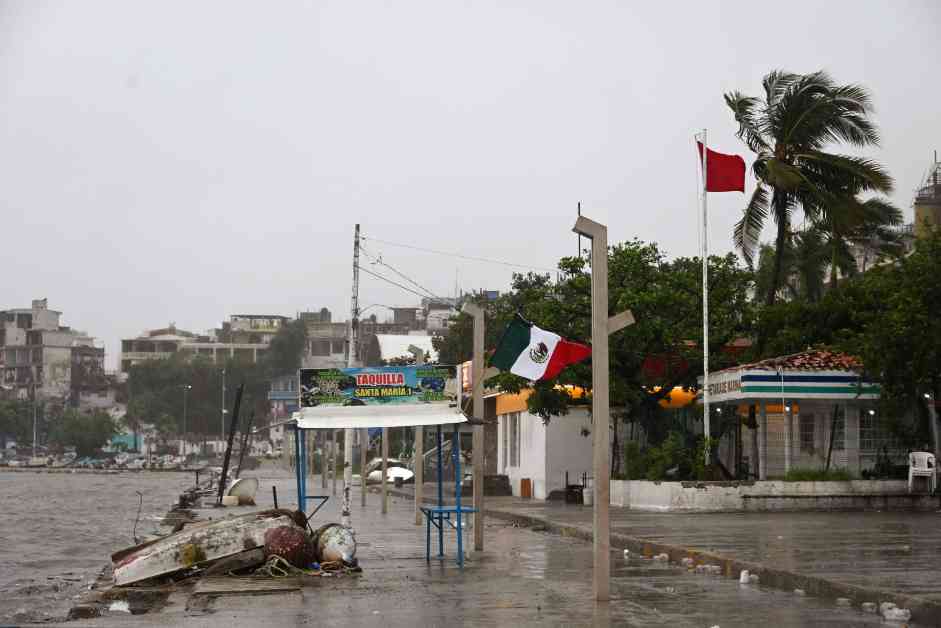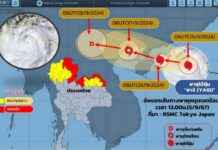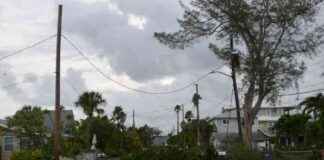Impact of Tropical Storm ‘John’
Tropical Storm ‘John’ made landfall on the southern Pacific coast of Mexico, leaving a trail of destruction in its wake. With wind speeds reaching up to 193 kilometers per hour, the storm caused the deaths of two individuals and significant damage to the region. The affected areas, particularly the states of Guerrero and Oaxaca, experienced heavy rainfall, flash flooding, and power outages. Emergency responders were deployed to assist thousands of residents who were displaced or in need of assistance.
In Guerrero, several towns reported fallen trees, damaged roads, and flooding, while in Oaxaca, the situation was equally dire. The storm’s impact was felt throughout the region, with transportation and infrastructure severely affected. Airports in Huatulco and Puerto Escondido were forced to suspend operations, disrupting travel plans for many passengers. Despite the storm weakening as it moved inland, the risk of sudden flooding and landslides remained high in the coming days.
Preparation and Response Efforts
In anticipation of Tropical Storm ‘John,’ authorities in Mexico had issued warnings and activated emergency response measures. Thousands of military and emergency personnel were mobilized to provide assistance to those affected by the storm. Temporary shelters were set up in various locations to accommodate evacuees and provide essential supplies.
The National Hurricane Center (NHC) closely monitored the storm’s progress and provided updates on its trajectory and potential impact. Despite the storm’s downgrade to a tropical depression, the threat of heavy rainfall and dangerous mudslides persisted in several states. Residents were advised to remain vigilant and take precautions to ensure their safety.
As the cleanup and recovery efforts began, officials urged residents to exercise caution and follow instructions from local authorities. The aftermath of Tropical Storm ‘John’ served as a reminder of the importance of preparedness and community resilience in the face of natural disasters.
Upcoming Threat: Tropical Storm ‘Helen’
While the immediate danger posed by Tropical Storm ‘John’ had passed, another storm loomed on the horizon. Tropical Storm ‘Helen’ had formed in the Caribbean Sea and was projected to intensify as it moved towards the Gulf of Mexico. Residents in Cancun, Riviera Maya, and Tulum were advised to monitor the storm’s progress and heed warnings from the NHC.
Forecasters predicted that ‘Helen’ could strengthen into a Category 3 hurricane as it approached the coast. Although the exact path of the storm was uncertain, precautions were being taken to minimize the potential impact on vulnerable areas. Emergency response teams were on standby, ready to assist communities in the event of an emergency.
As Mexico braced for the arrival of Tropical Storm ‘Helen,’ residents and officials remained vigilant, knowing that timely preparation and swift action could help mitigate the storm’s effects. The lessons learned from previous disasters underscored the importance of readiness and resilience in the face of nature’s fury.
In conclusion, the recent onslaught of tropical storms in Mexico serves as a stark reminder of the region’s vulnerability to extreme weather events. The resilience and resourcefulness of communities in the face of adversity are commendable, but the need for continued preparedness and proactive measures cannot be overstated. As climate change continues to impact weather patterns, it is crucial for governments, organizations, and individuals to work together to build a more resilient and sustainable future.




















